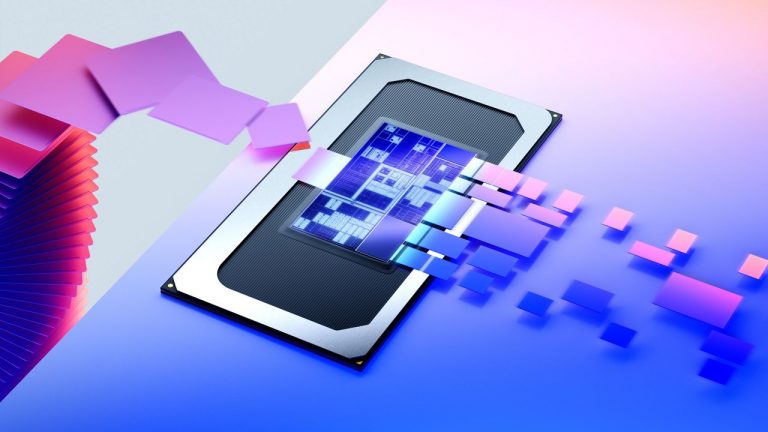It’s been an annus horriblis for Intel, with crashing Raptor Lake chips, mass layoffs, and dropping its 2024 Innovation event to save money. So, you can bet your last dollar that the chip giant is hoping that its next generation of desktop CPUs, using the Arrow Lake-S architecture, will help in no small in reversing these fortunes. And according to one source, the launch date is October 10th, just 7 weeks away.
News of the impending release comes from tech site BenchLife (via X user Harukaze5719), although it doesn’t add much to the comment, other than an obligatory “according to the information we have gathered” statement.
I suspect that Intel planned to announce Arrow Lake-S at its annual tech event in September, but as that’s been postponed to next year, there’s no longer any big platform to present the new architecture.
But since Intel can’t afford to wait until 2025 to launch a new range of desktop CPUs, as it will want to move on from the Raptor Lake ruckus as quickly as possible, it would seem that the release will happen anyway. I’m not aware of any major tech events taking place, during the second week of October, so if the launch is then, it’ll be quite an usual one for Intel.
BenchLife has also collated all the rumoured specifications for the Intel Core Ultra 200-series and there are certainly some surprises in store—for example, none of them sport HyperThreading (Intel’s name for SMT, simultaneous multithreading) so the highest tier processor maxes out at 24 threads.
Since K-variant chips tend to be the most popular with PC gamers, they’re the ones to pay the most attention to. On paper, this might seem like a step back from what the current 14th Gen Raptor Lake chips have to offer.
ARL-S lineup. According to Benchlife, ARL-S will be released on October 10th.https://t.co/Nyo7gw5pmJ pic.twitter.com/JpxH5ZohG4August 18, 2024
But if those new E-cores are as powerful as Intel claims they are, then thread-for-thread, Arrow Lake could be much better. Of course, there are some applications which will just take as many threads as you can throw at them (e.g. rendering) and AMD’s Ryzen 9000-series, especially the Ryzen 9 9950X, could well rule the roost.
There’s nothing wrong with the gaming performance of Intel’s CPUs, of course, but that’s mostly been down to high clock speeds and a powerful, low-latency cache hierarchy.
(Image credit: Future)
Best CPU for gaming: The top chips from Intel and AMD.
Best gaming motherboard: The right boards.
Best graphics card: Your perfect pixel-pusher awaits.
Best SSD for gaming: Get into the game ahead of the rest.
I wouldn’t worry too much about the claim that none of the Core Ultra 200-series exceeds 5.7 GHz as Intel’s best 14th Gen chips rarely hit their top clocks in gaming.
The new processors aren’t compatible with current LGA1700 motherboards and vendors have already been showing off some of their LGA1851, Z890-powered models.
With AMD’s Ryzen 9000-series not being overly well received in the gaming community, due to the relative lack of improvement over the 7000-series, Intel might be in a good position to steal the headlines, if Arrow Lake turns out to be the best processor for games.
Regardless of how everything will pan out, at least it doesn’t look like we’ll have much longer to wait to find out.












